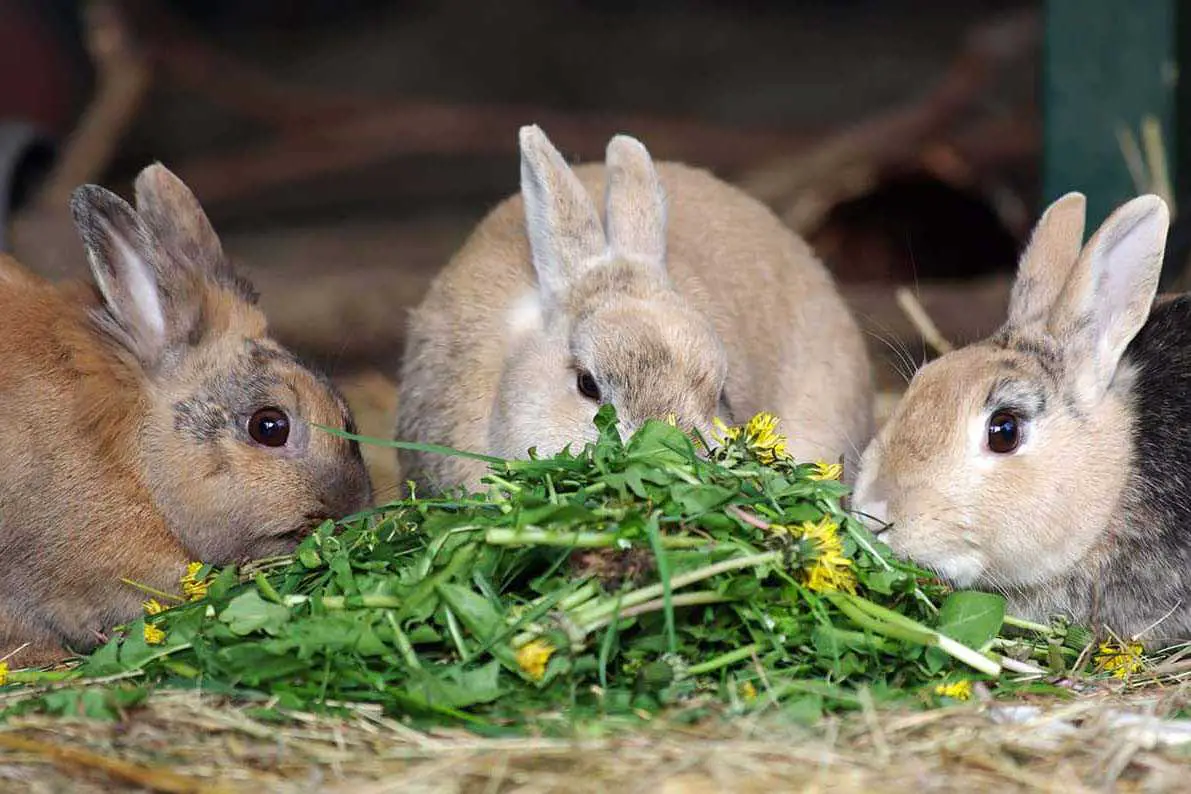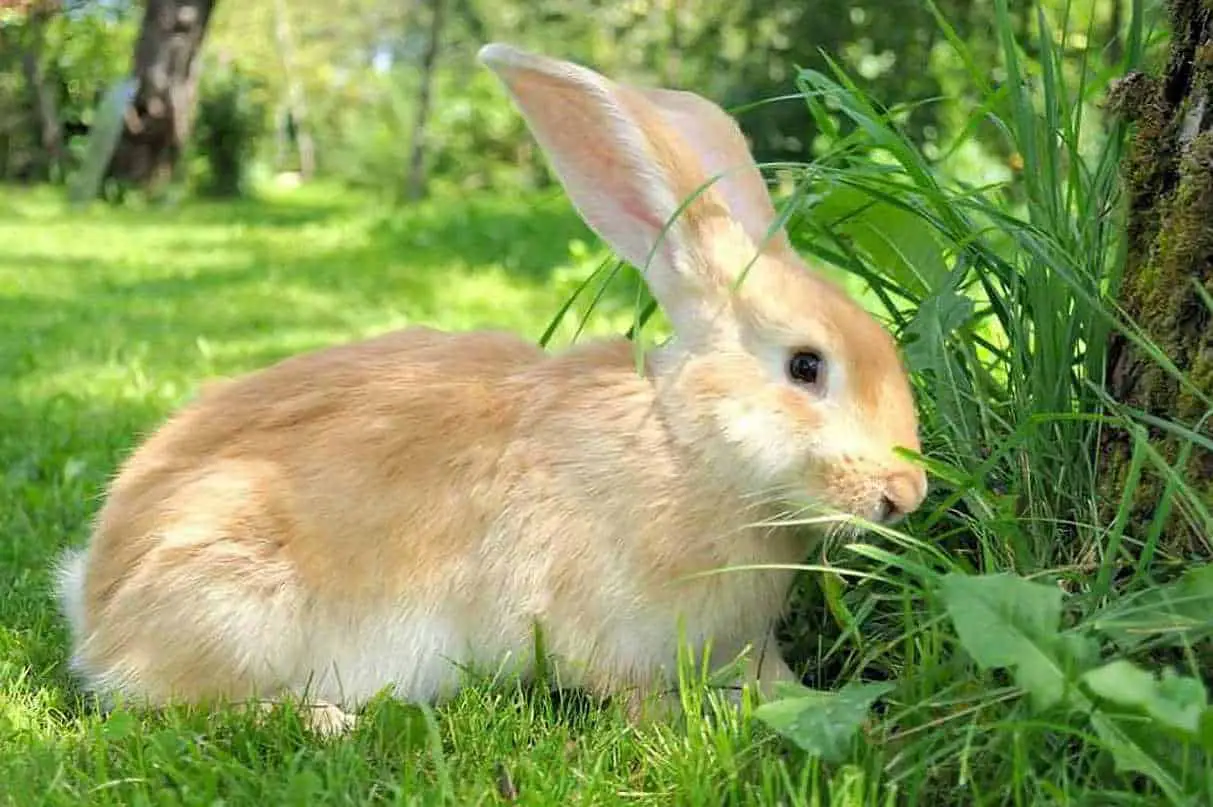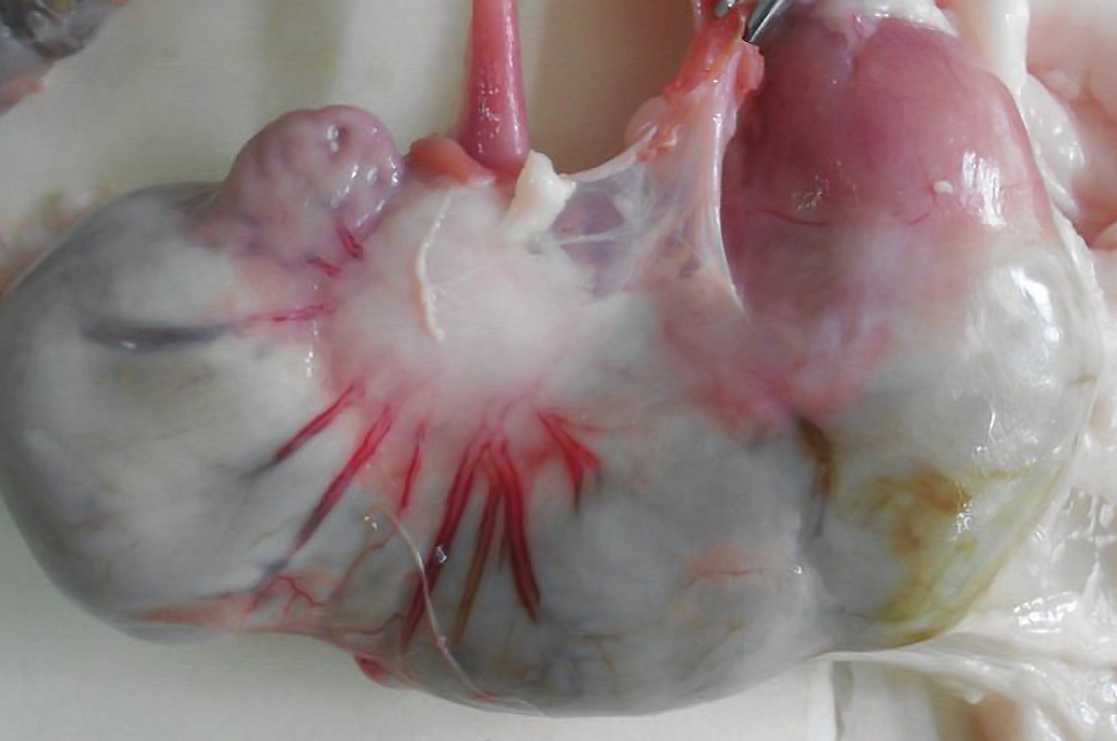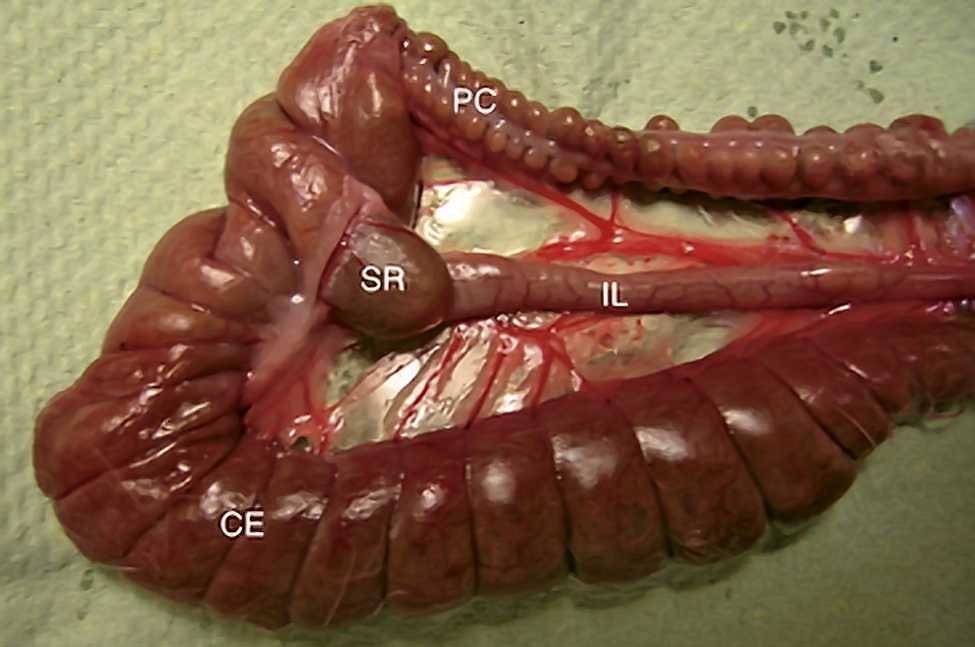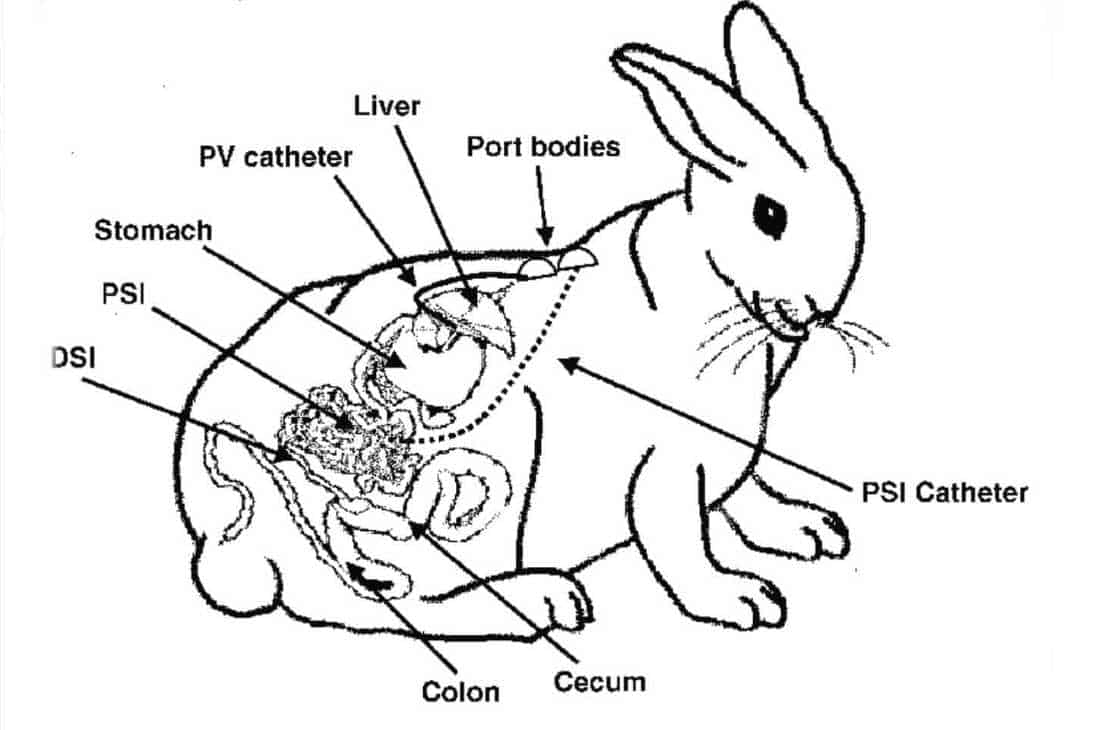Bunnies have a peculiar digestive system compared with other mammals. Every component of their digestive system functions together to sustain efficient nutrition.
So, you should always provide them with a well-balanced diet of hay, pellets, and greens. Get familiar with the rabbit digestive system guide to keep your bunnies healthy and happy.
The Rabbit’s Unique Digestive System
A bunny’s digestive system is complex. Rabbits are herbivores, so they eat various plants in huge quantities. Their digestive system can absorb the high fiber content of these plants.
Rabbits must consume lots of food to meet their nutrient demands. However, their digestive tract is small. So, food passes quickly through their system.
Interestingly, a bunny’s digestive system can remove nutrients from grass or plants. These nutrients are indigestible to most mammals.
A rabbit’s digestive system is similar to that of a horse. Both mammals employ a process known as hind-gut fermentation. Microbial digestion occurs in the cecum near the digestive tract’s end.
Such a digestive system is excellent at processing high fiber. However, inappropriate foods or abrupt dietary changes can quickly upset it. The digestive system goes out of sync. It either slows down or halts the digestive process.
Therefore, understanding your pet’s gastrointestinal system will help you feed them properly.
Functions of the Rabbit’s Digestive System
Food Digestion
The principal function of a bunny’s digestive tract is to break down food and ingest nutrients. Food particles decompose and pass through the bunny’s digestive tract.
Digestion helps your pet get essential nutrients during development, pregnancy, or lactation.
Protection
A rabbit’s digestive tract can protect against dietary toxins and germs. Many enzymes and bacteria die in the animal’s stomach. But the acid may help remove many poisons.
Your rabbit’s immune system is also tightly linked to its digestive system. Its gastrointestinal tract helps eliminate waste from its body.
Parts of the Rabbit’s Digestive System
Mouth
The mouth is the initial portion of a bunny’s digestive system. A rabbit grabs food with its lips and passes it to its teeth. The teeth break and crush the plant matter.
A bunny’s teeth grow constantly. Coarse plant material can help wear its teeth. The teeth may overgrow or cause malocclusion if they keep growing due to little fiber. Malocclusion is a severe rabbit health issue that may necessitate veterinarian care.
A rabbit’s mouth consists of 16 baby teeth or 28 adult teeth. There are two lower and four upper incisors or front teeth. There are 22 molars and premolars in its adult dentition.
When checking your bunny’s teeth, you may only detect two upper front teeth. This is because the other two incisors are tinier and are behind. These teeth are called peg teeth. Incisors tear and grasp food.
The back teeth are often known as cheek teeth. They consist of molars and premolars. There are three upper and two lower premolars. There are also three lower and three upper molars. They reduce food to smaller sizes to ingest it.
Furthermore, rabbits soften their food with their saliva. This aids lubrication and food transit through their gastrointestinal tract.
Esophagus
Food goes down the esophagus after it has been swallowed. The esophagus is a tube that connects the mouth to the stomach and transports food.
Stomach
Rabbits are crepuscular. This means they usually eat at dusk and dawn. They have a comparatively large stomachs, allowing them to hold huge meals.
When food reaches the stomach, it undergoes enzymatic and hydrolytic digestion. This involves enzymes and acid to tear down food particles into smaller pieces.
Mucus, hydrochloric acid, and pepsin are the stomach’s main secretions. Mucus is necessary to safeguard a bunny’s stomach lining from enzymes and acid. It also keeps the food moist.
A rabbit’s stomach pH is more acidic than that of humans. Food should pass from the stomach and into the small intestines in 3-6 hours.
Hydrochloric acid is necessary to lower the pH of the stomach. This enables enzymes to function. It also destroys or inhibits microorganisms contained in food. On the other hand, pepsin is an enzyme that disintegrates proteins.
The stomach muscles stir or blend rabbit food with the stomach fluids. The mixture is now known as digestia or chyme.
Moreover, there are two sphincters in a rabbit’s stomach. One is at the entry and the other at the exit towards the small intestines. The cardiac or entrance sphincter is robust and keeps rabbits from vomiting.
Small Intestines
Digestion and nutrient absorption take place primarily in the small intestine. It has three divisions: duodenum, jejunum, and ileum.
Digestion starts in the duodenum. The pancreas produces buffers to the small intestines to neutralize the pH level. Stomach acids can lower the acidity of the digested particles.
The small intestine’s middle portion is the jejunum. Many nutrients are ingested here, including glucose and amino acids.
The ileum is the small intestine’s last portion. Additional digested elements and B vitamins are absorbed here.
You can find a lymphoid tissue-rich region at the small intestine’s end. It is named sacculus rotundus. There are also tiny lymphoid tissue patches throughout known as Peyer’s Patches.
These lymphoid tissue sections are vital for overall immune function. A healthy digestive tract means a functional immune system.
Large Intestines and Cecum
The large intestines and cecum are the last parts of a bunny’s digestive system. The cecum looks like a bag or pouch emerging from the large and small intestines’ junction.
The large intestine is also known as the colon. It is the portion of the digestive tract that extends from a bunny’s small intestine to its anus.
The small intestine will transmit any undigested food to the large intestines. The bunny’s digestive system can now classify the material into two categories. These are digestible and indigestible substances.
Indigestible fiber and other substances travel directly toward the large intestines. Water gets reabsorbed. Then the substances are passed. These result in the spherical droppings you observe in your bunny’s cage.
This indigestible fiber aids in the stimulation of intestinal contractions. This makes the chyme keep moving through the digestive tract.
Digestible substances move to the cecum. The cecum is probably the most critical portion of a bunny’s digestive system. Its capacity is ten times more than the bunny’s stomach.
You can find countless germs and microorganisms in the cecum. These microorganisms ferment or digest the substances that travel through the cecum. Then they’re used to make cells, vitamins, and proteins.
The bacteria convert the indigestible substances into digestible elements. These are either absorbed directly through the cecal wall for use. Others get discharged.
Materials from the bunny’s cecum turn into tiny, moist pellets called cecotropes. This happens around eight hours after eating. A signal is transmitted to the bunny’s brain when it is time to release the cecotrope. This makes eating the cecotrope possible while it’s passed.
This permits the substances to pass through the bunny’s digestive system a second time. Thus, the rabbit obtains extra nutrients. The process is called cecotrophy. It enables rabbits to consume high-fiber material other animals cannot consume.
What digestive issues do rabbits get?
Peritonitis
Peritonitis is an inflammation of a membrane in the abdomen called the peritoneum. It can be serious, even life-threatening in some situations. Take your pet to the vet immediately to diagnose and address the underlying cause.
The most prevalent cause of peritonitis is fecal contamination of the abdominal wall. This often occurs as a result of severe blockage. Other causes include rupture of internal organs, abdominal injuries, and viral illnesses.
Mucoid Enteropathy
Mucoid enteropathy is an inflammatory illness. It causes mucus accumulation and hypersecretion in the small and large intestines. It’s still unclear why bunnies get the disease.
The most reasonable approach is to feed your bunnies a diet high in digestible fiber. Also, avoid putting your pet in stressful conditions.
Intestinal Obstruction
Rabbits may ingest substances part of their diet and produce obstructions. Apple seeds and locust beans have been linked to intestinal obstruction in bunnies.
The rabbit will require immediate medical and surgical attention to eliminate the obstruction.
Hairballs
True hairballs are uncommon in rabbits. You can find some hair in their digestive tract. Problems happen when bunnies swallow extra amounts of hair. Hairballs also form when hair already in the bunny’s stomach dehydrates.
Normal grooming is not a concern, but a low-fiber diet can lead to hair chewing or excessive grooming. These habits are generally linked to stress or boredom.
The best strategy to help prevent hairballs is to provide hay and a steady source of food to chew. This will help eliminate boredom.
Gastrointestinal Stasis
GI stasis occurs when a rabbit’s digestive system slows down or stops completely. The rabbit becomes even less inclined to eat and drink. This results in dehydration and a lack of essential nourishment.
Start treatment right away. You can feed your pet through a syringe or a feeding tube. You can also provide enticing foods to encourage it to eat again.
Summary
Rabbits have a strange digestive mechanism that allows them to eat their waste. They require a balance of all essential nutrients to be healthy and productive. Familiarize yourself with the rabbit digestive system guide. It will help you offer your pets the love and care they need.
